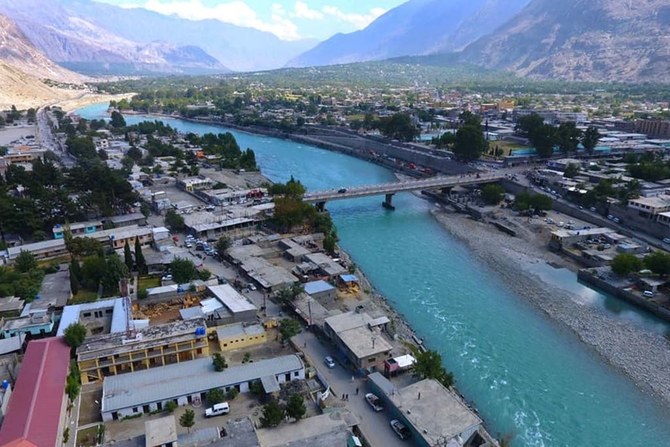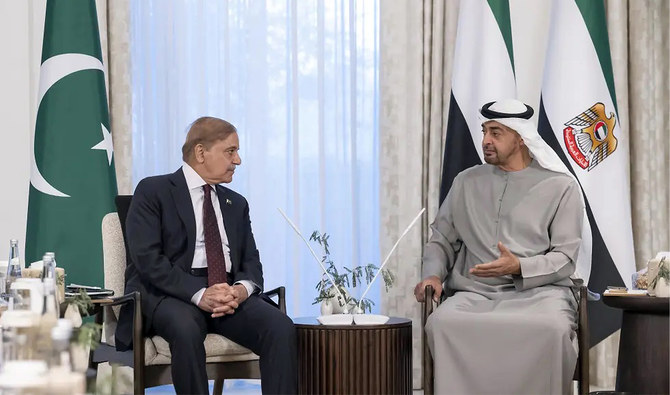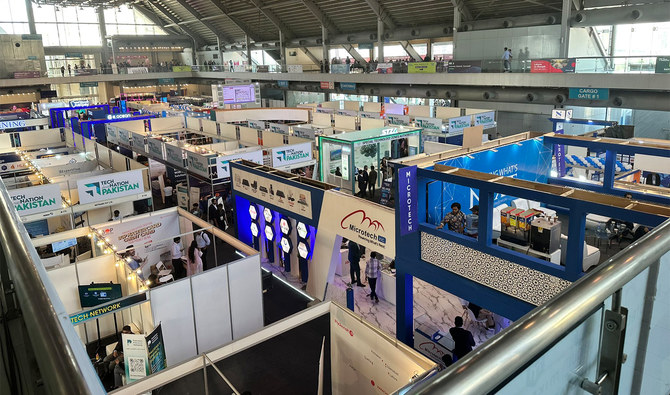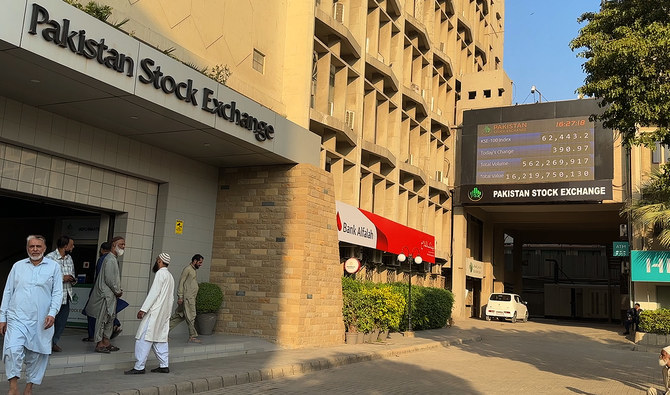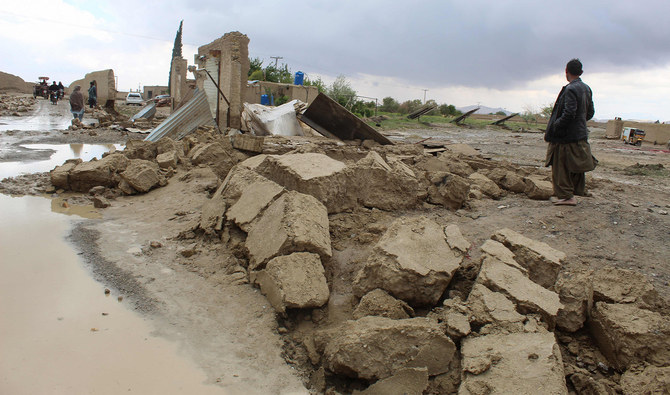HARAMOSH VALLEY: As Pakistan’s northern Gilgit-Baltistan region experiences frequent power cuts, people in a small settlement in the Haramosh Valley have been producing their own electricity by utilizing the proceeds from trophy hunting to upgrade a local power plant.
The hunting program was first introduced by the region’s administration in the Nagar Valley about three decades ago, attracting international hunters who paid hundreds of thousands of dollars to target a limited number of wild animals in the area. It was later extended to the Haramosh Valley in 2014.
Trophy hunting is a controversial practice of killing wild animals for their body parts, which are kept as souvenirs by people.
Residents of the Haramosh Valley say they have been protecting endangered species like markhors and ibexes since 2010, and they only allow hunters to target old animals and strictly prohibit the killing of young males and females.
“From the income of trophy hunting, we built a powerhouse [in our village], and over 450 households are benefiting from it,” Hameed Hussain, chairman of the wildlife conservation and social development organization Sassi-Haramosh, told Arab News last week.
“Due to the income prospects offered by trophy hunting, people have started taking a greater interest in conserving wild animals,” he continued. “Many of them also play a role in stopping any illegal hunting.”
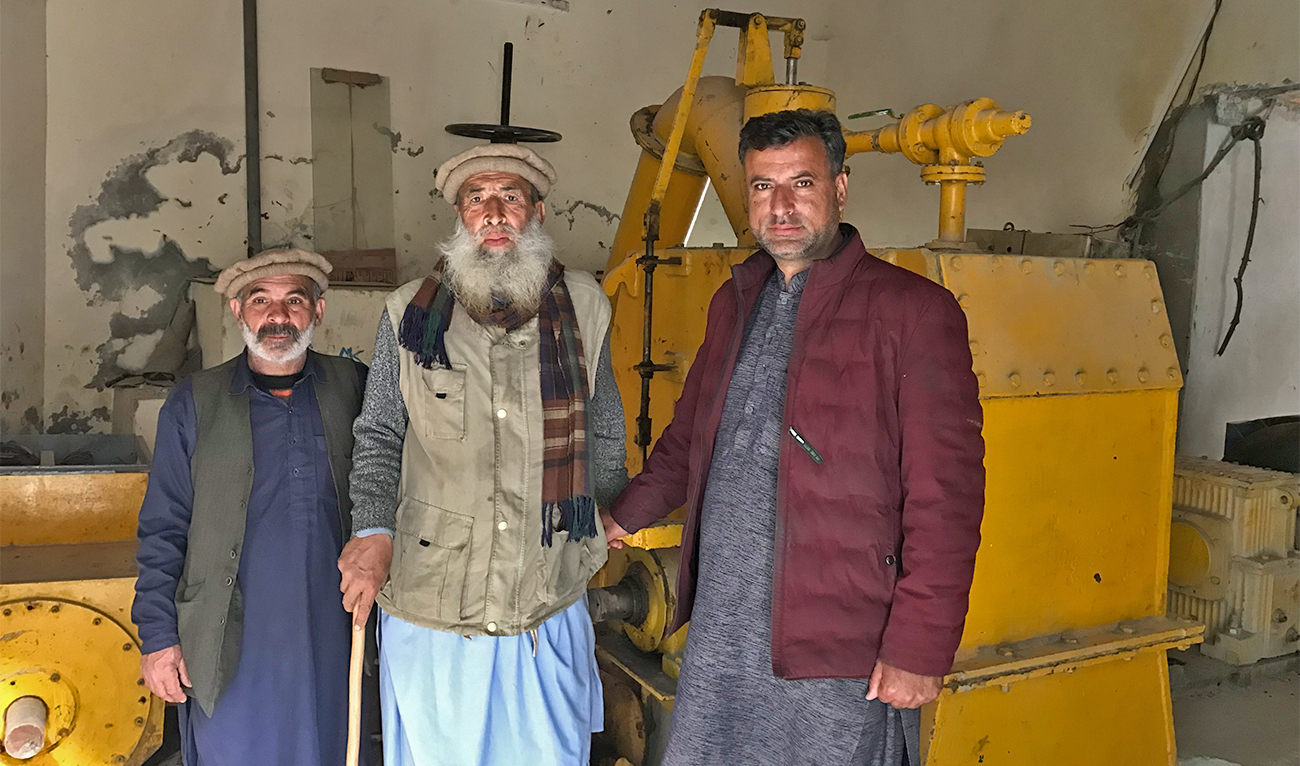
Notables of a small settlement in the Haramosh Valley pose for a group photograph inside the 630-KV powerhouse located in Sassi-Haramosh Valley of Gilgit-Baltistan, Pakistan, on March 12, 2023. (AN Photo)
Muhammad Zaman, a resident of the valley, said the power plant, which was built in 2004 by the Aga Khan Rural Support Program, was upgraded in 2016 from the income generated through trophy hunting.
“From the money of trophy hunting, it was upgraded from 250KV [kilowatt] to 630KV,” he said. “Earlier, residents had to face the worst kind of load shedding, but now everyone, including the business community in the area, is getting enough electricity.”

A view of the Juglot-Skardu Road located in Sassi-Haramosh Valley of Gilgit-Baltistan, Pakistan on March 12, 2023. (AN Photo)
The trophy hunting season commences on November 1 and ends on April 25. For the 2022-2023 season, the Gilgit-Baltistan government auctioned a markhor-hunting license for $165,000, the highest in the history of the program in the region.
Ijlal Ahmad, a conservator for Gilgit-Baltistan’s wildlife department, said 80 percent of the money received from the program was given to the local community to spend on education, health, and development projects. The remaining 20 percent was deposited in the national exchequer.
According to the wildlife department, four markhors, seven blue sheep, and 47 ibexes have been killed under the trophy hunting program in the ongoing season.
“The community joined hands with the government to protect wild animals once they started getting their share of the money,” Ahmad said.
He added that the income from hunting had been used on education and other welfare projects, including solid waste management.
“Girls’ and boys’ hostels have also been established in Gilgit city for students belonging to far-flung areas from the proceeds of the same program,” he said while enumerating the advantages of the program for the local community.



